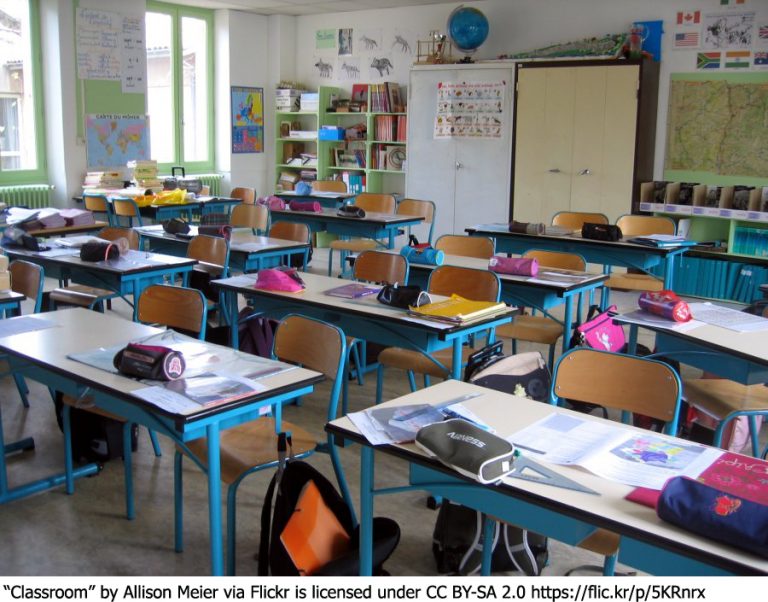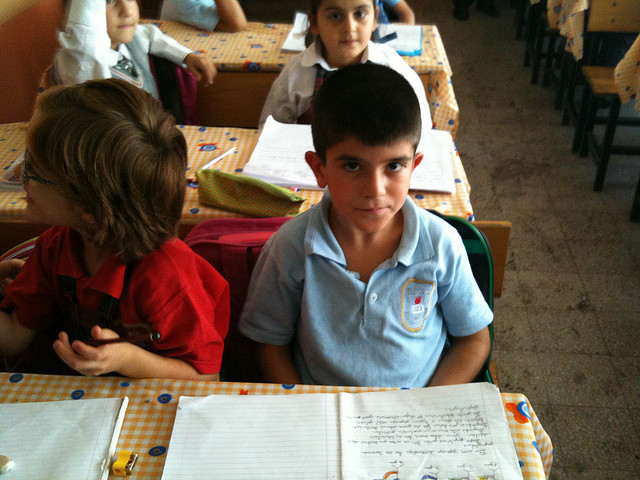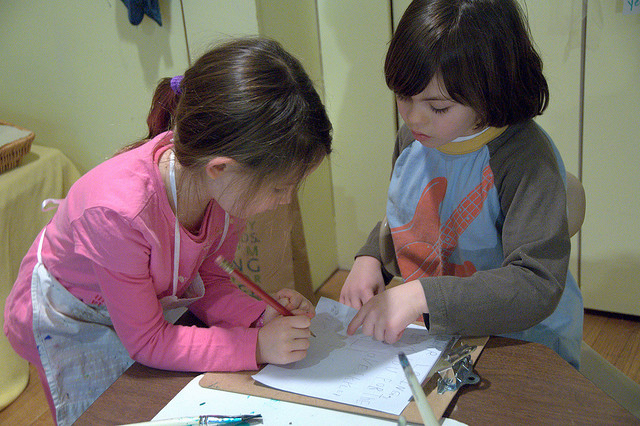In the past, we’ve written about online resources that can help educators trying to accommodate an increasingly diverse student population, as well as tips to make the critical first days of school go more smoothly for bilingual students in your classroom.
Today, we take a look at the US Department of Education’s recently updated, detailed Newcomer Toolkit, designed to help educators (teachers, principals and school staff) working with foreign-born students who have recently arrived in............. CONTINUE READING
July 20, 2016



